In the past manufacturing industry map, the robot arm was mostly defined as the "end executor" - obeying the system instructions, repeating the action accurately, and cutting finely on the edge of efficiency. It is a tool, a vassal, and an inconspicuous link in a production line. However, with the deep evolution of the manufacturing model, especially after the outbreak of flexible and customized needs, the multifunctional industrial robot arm is quietly completing a far-reaching "role reversal": from the end of the action to the core of scheduling.
Not just "moving", but "judgment" and "cooperation"
The essential transformation of the multifunctional industrial robot arm begins with the extension of its capabilities. From the mechanical repetition of a single task, it has expanded to multi-station adaptation, path planning autonomy, dynamic environment perception and other composite capabilities. Today, it is no longer just a tool for "taking a piece and putting it somewhere", but a "production coordinator" that can identify upstream and downstream status, judge the current operation rhythm, and even temporarily adjust its own beat.
In a multi-process and multi-category manufacturing scenario, the response time and instruction accuracy of the scheduling system are increasingly difficult to meet the changes on site. The intervention of multifunctional industrial robot arms enables the site to have the ability of "micro-decision-making". It does not wait for the system to be updated, but actively selects the action priority based on real-time data such as visual recognition, load monitoring, and task backlog. This means that, to a certain extent, the robotic arm has the ability to fine-tune the rhythm of the production line - this is not only a transformation of action execution, but also a reconstruction of production logic.
Multi-axis collaboration: the boundaries of scheduling are being broken
The logic of traditional production line scheduling is core-based, with decisions made in the central control and execution at the end. However, in flexible manufacturing scenarios, core scheduling has delayed response, information, and optimization. In contrast, the "collaborative unit" composed of robotic arms is breaking through this limitation.
Imagine a picture like this: three robotic arms are in the same workstation, each with different task priorities, and the material transmission rhythm is not constant. In this scenario, the unified dispatch of instructions by the core is not only complex in calculation, but also prone to error accumulation. If these three multifunctional industrial robot arms have the ability to perceive each other and local logical judgment, they can "coordinate transportation" according to the current state without core instructions - this is not only an improvement in efficiency, but also the prototype of the "autonomy" of the manufacturing system.
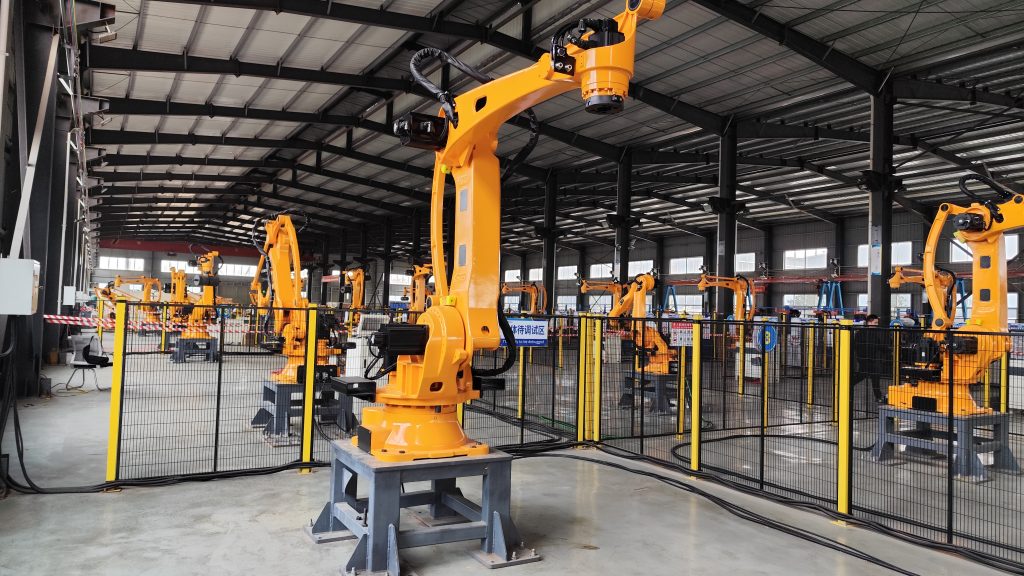
The deeper meaning of role reversal: not just a tool, but also a node
When we say that the role of the multifunctional industrial robot arm has reversed, it is not just that it "does more things", but that it has been upgraded from an "action node" to an "information node" and a "scheduling node" in the production network.
In many new production lines, this type of robotic arm plays the role of a task trigger. For example, when a previous process is completed, the robotic arm takes the lead in sensing and judging whether the next process unit is ready. This mechanism of active judgment and active coordination has transformed the production line from a "passive response chain" to a "multi-point linkage network". The robotic arm is no longer just a hand or foot, but also the "second in command" on site.
Multifunctionality is the premise for the industrial robotic arm to become the "manufacturing axis"
It is worth noting that only the "multifunctional" feature can support this role change. Whether it is fast switching of gripper modules, dealing with materials of different sizes, or adaptive process parameters when switching tasks, it is a "compatibility guarantee" under the premise of achieving "coordination".
At present, multifunctional industrial robot arms are gradually embedding more intelligent modules, including visual recognition, edge computing chips, local data cache, etc. This "modular + intelligent" evolution route determines that they are no longer dependent on the system, but have a technical base as one of the cores of the production line.
Upgrading is not more complicated, but more autonomous
Some people worry that multifunctionality means increased maintenance complexity and higher threshold for use? The fact is just the opposite. Through task modeling and visual parameter setting, the operation of the robotic arm is more intuitive than in the past. The enhancement of the "local decision-making" capability also reduces the dependence on the core system and reduces the chain problems caused by single point failures. The existence of multifunctional industrial robot arms is making manufacturing more "fault-tolerant", more "stable", and more "elastic".
Written at the end: Multifunctional industrial robot arms from tools to accomplices
The "role reversal" of multifunctional industrial robot arms is not a linear technological advancement, but a paradigm-level system change. It not only improves handling efficiency, but also changes the operating logic of the manufacturing site; it not only replaces manpower, but also becomes an important part of the internal scheduling mechanism of the enterprise; it is not just a tool, but an indispensable "co-conspirator" in the future manufacturing system.
On the road of the manufacturing industry's transformation to flexibility and digitalization, every role reconstruction is a redefinition of manufacturing power. And the automated robotic arm is at the forefront of this transformation.
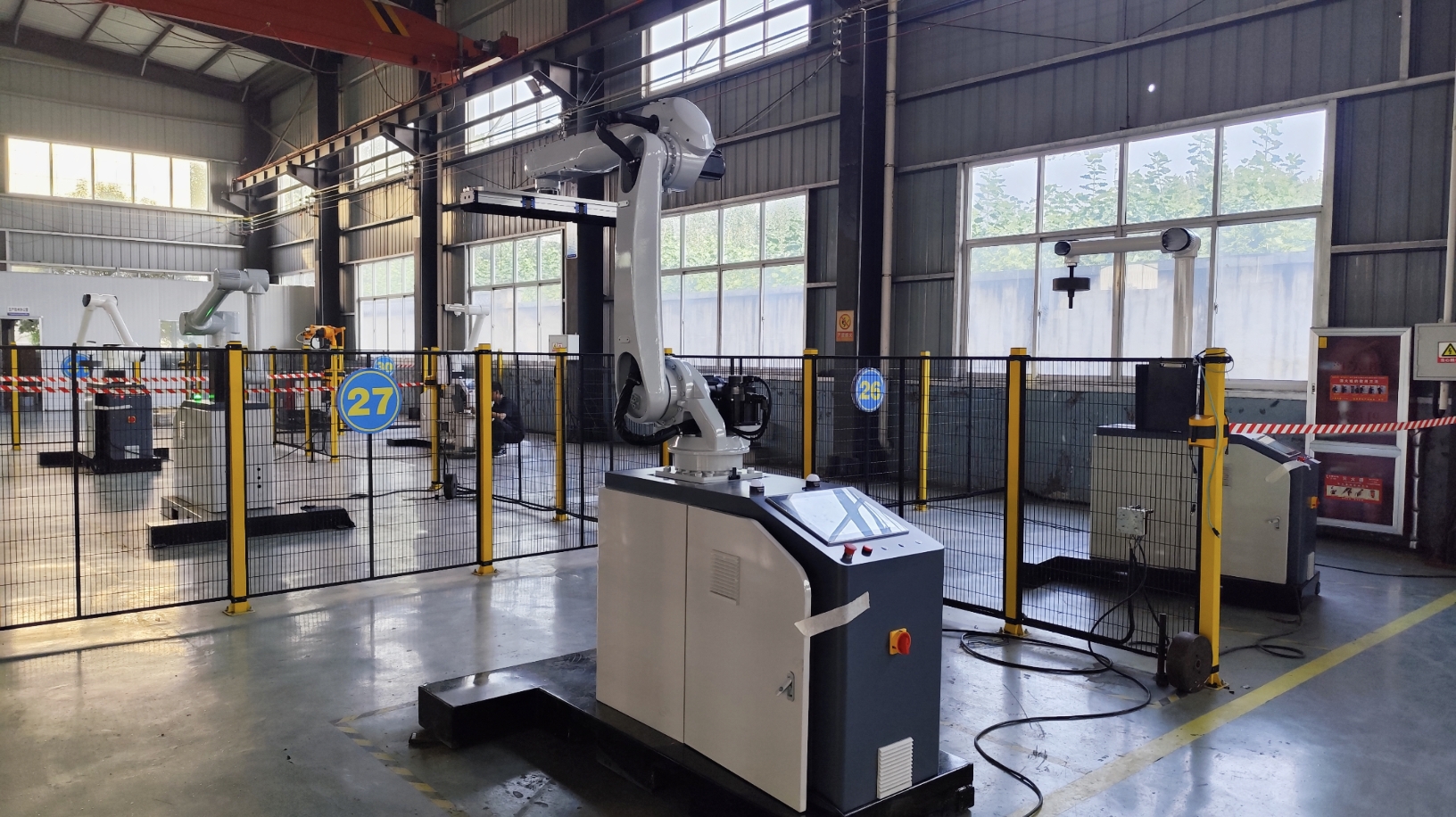
Online Consultation
Hello, the current customer service is offline. You can leave your contact information and the staff will respond to you as soon as possible!


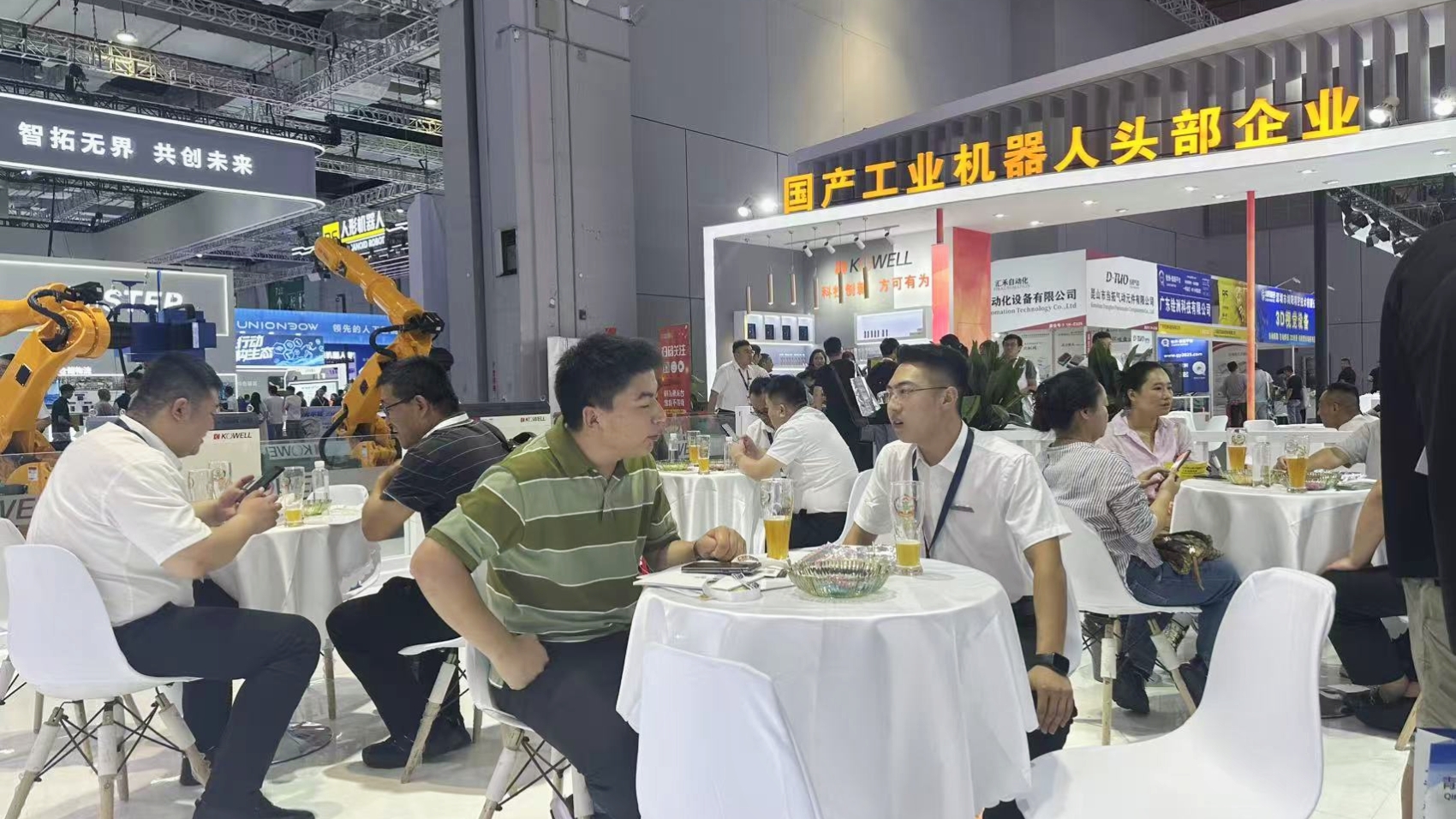
![[CIIF Day 4: Technology In-Depth] Kewei Robotics Drives Intelligent Manufacturing with Innovation, Leading the Wave of Industrial Transformation](https://cdn.cnyandex.com/kw_en/uploads/9.26.1.jpg)
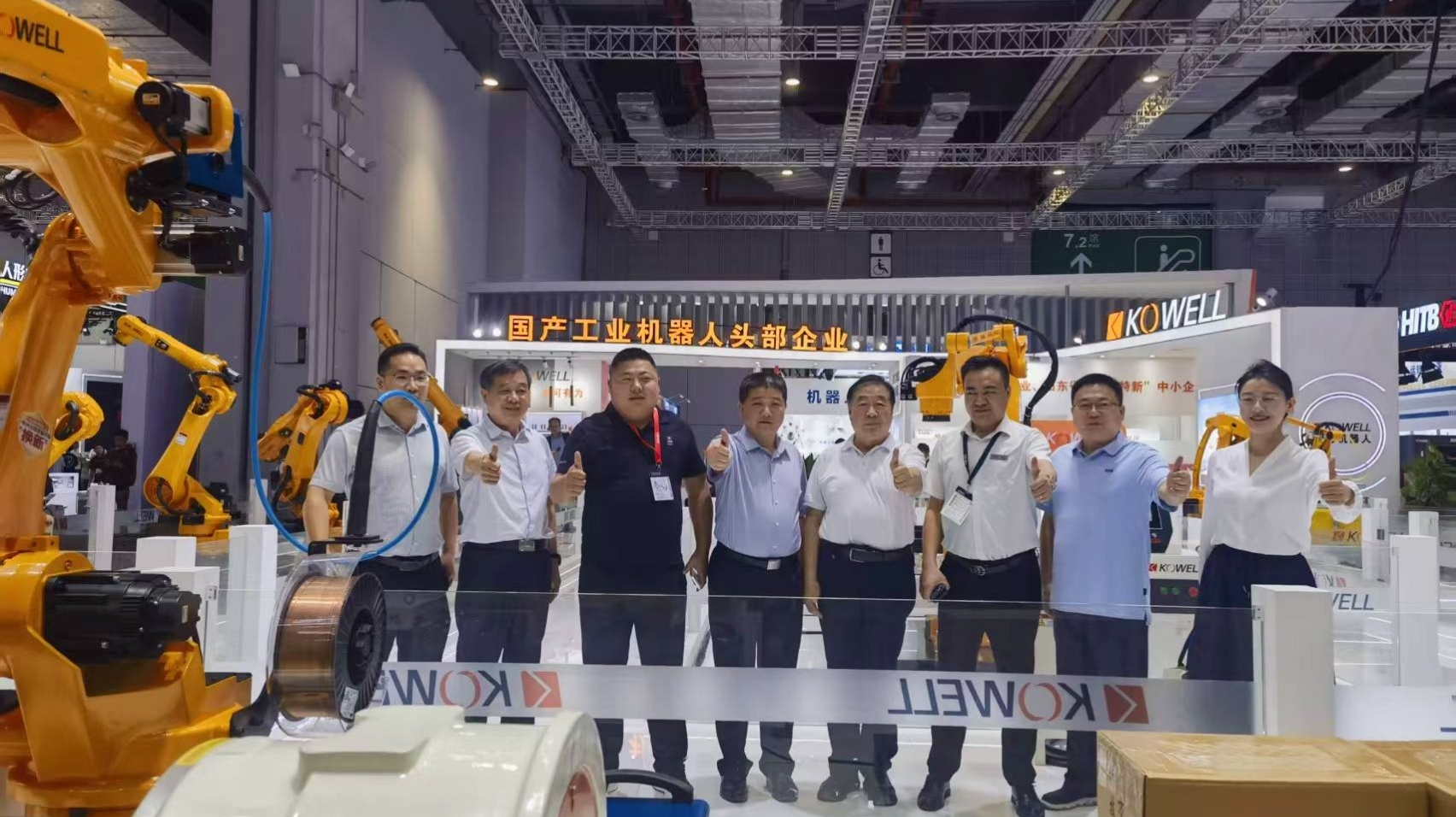
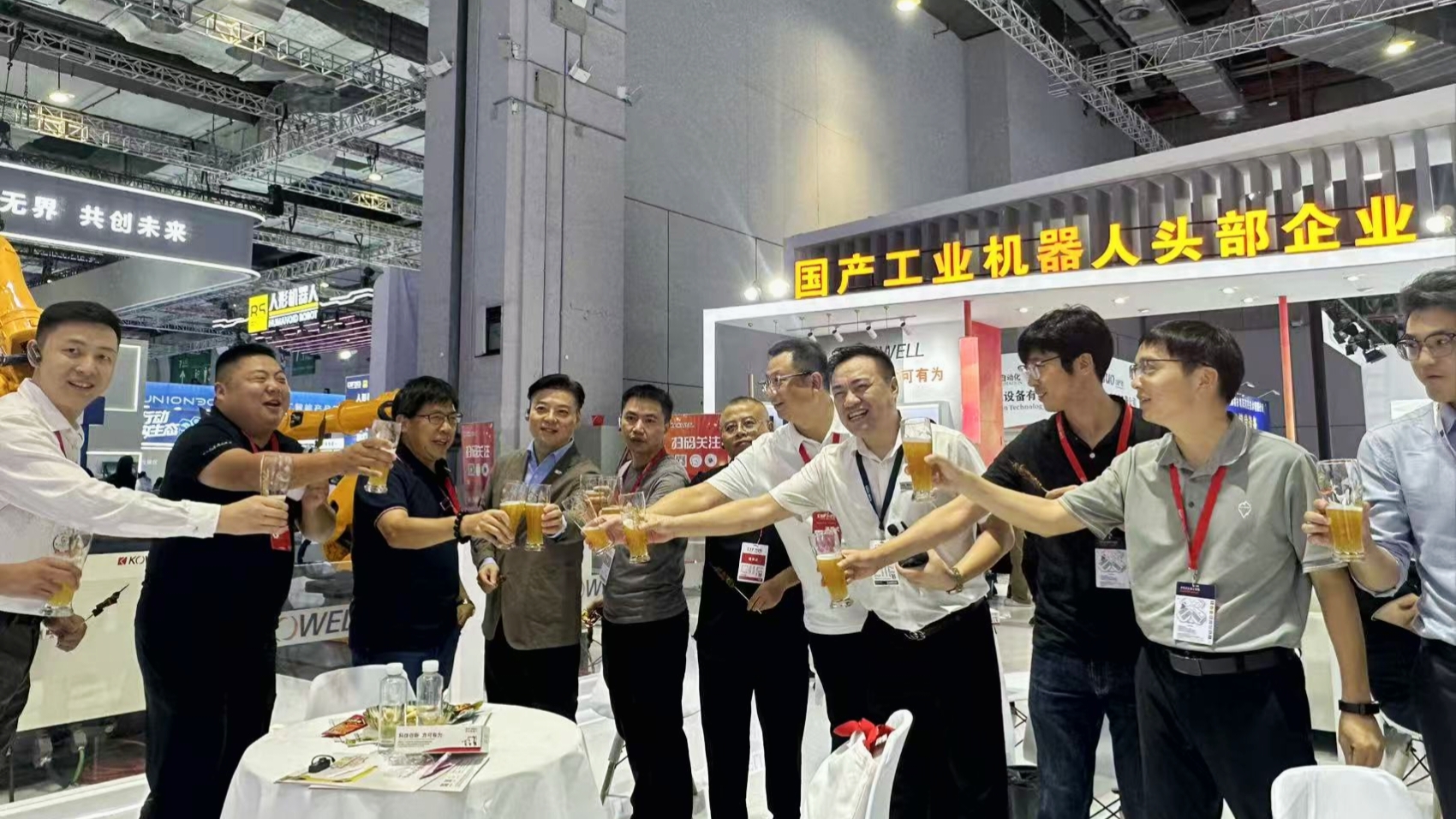
![[CIIE First Day: Exploding the House] Kewei Robotics made a stunning appearance at the CIIE, ushering in a new paradigm for intelligent manufacturing!](https://cdn.cnyandex.com/kw_en/uploads/9.23.1.jpg)